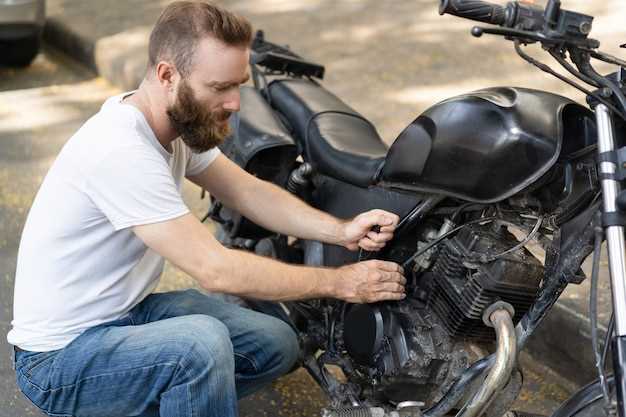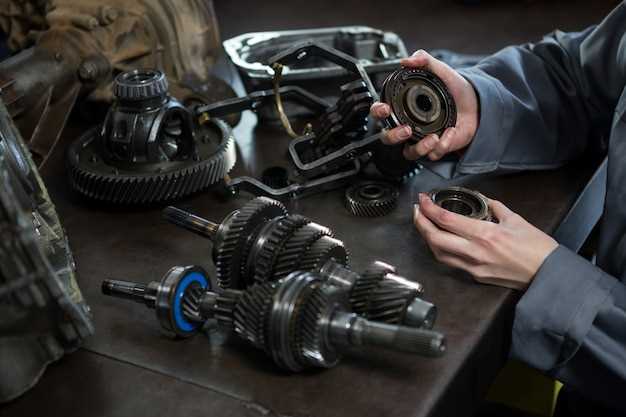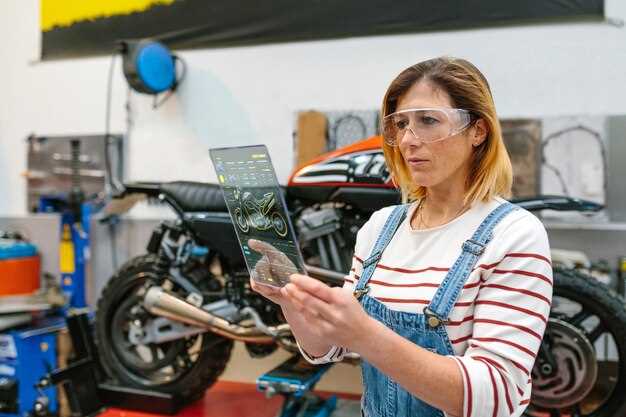

As motorcycle enthusiasts, we all understand the importance of having quality parts. However, the proliferation of counterfeit motorcycle parts in the market poses a significant threat to both performance and safety. These imitation components often look identical to genuine products but can compromise the integrity of your motorcycle, leading to potential accidents or failures.
In the quest for enhancing safety on the road, it is crucial to be vigilant when purchasing motorcycle parts. Identifying counterfeit items requires knowing certain characteristics and red flags that can signal deception. By educating yourself on the genuine aspects of the components you need, you not only protect your investment but also ensure your safety and that of others on the road.
This article aims to provide you with practical tips and strategies for recognizing counterfeit motorcycle parts. By implementing these simple techniques, you can make informed choices and maintain your motorcycle’s performance and reliability. Let’s dive into the world of genuine motorcycle components and arm ourselves against counterfeits.
Recognizing Common Signs of Counterfeit Motorcycle Components

Identifying counterfeit motorcycle parts is crucial for ensuring rider safety and vehicle performance. Here are some common signs that can help you distinguish genuine components from counterfeit ones.
1. Poor Quality Control: One of the most apparent signs of counterfeit parts is subpar quality. Look for discrepancies in manufacturing, such as rough edges, uneven surfaces, or inconsistent colors. Genuine components typically undergo strict quality checks to meet safety standards.
2. Missing or Incorrect Branding: Authentic motorcycle parts often bear a manufacturer’s logo or brand information. If this branding is missing, misspelled, or appears differently from known genuine products, it is a red flag.
3. Inconsistent Packaging: Counterfeit items may come in low-quality or improperly labeled packaging. Pay attention to details such as the absence of safety warnings, installation instructions, or tamper-proof seals commonly found on legitimate products.
4. Unusually Low Prices: If a deal seems too good to be true, it probably is. Counterfeit parts are often sold at significantly reduced prices. Always compare prices with authorized dealers to assess the legitimacy of a deal.
5. Lack of Documentation: Genuine motorcycle parts usually come with detailed documentation, including warranty information and installation guidelines. If these documents are missing or incomplete, it may indicate a counterfeit product.
6. Inferior Performance: Installing counterfeit components can lead to diminished performance or even complete failure. Monitor how the part functions post-installation. Any unusual sounds, vibrations, or changes in handling could suggest that the component is counterfeit and poses a safety risk.
Being vigilant about these signs can help you ensure the safety and reliability of your motorcycle. Always prioritize purchasing components from trusted sources to avoid the dangers associated with counterfeit parts.
Understanding Safety Risks Associated with Fake Parts

Counterfeit motorcycle parts pose significant safety risks for riders. These parts often do not meet the stringent manufacturing standards required for genuine components, leading to potential failures. A malfunctioning brake pad, for instance, can drastically increase stopping distances, putting both the rider and other road users in danger.
Moreover, counterfeit parts are usually made from inferior materials, which can wear out more quickly than authentic components. This accelerated degradation can result in catastrophic failures during operation, such as loss of control or engine breakdown. The use of fake parts compromises the overall reliability of the motorcycle, affecting its performance and safety.
Another concern is that counterfeit manufacturers often provide no warranty or support. If a genuine part fails, manufacturers typically offer replacement or repair options. However, with counterfeit parts, riders may find themselves without recourse, leaving them vulnerable in the event of an accident caused by part failure.
Additionally, the installation of counterfeit parts can void insurance policies. Many insurers require the use of authentic components to maintain coverage. Using fake parts not only jeopardizes personal safety but also places a financial burden on riders if an accident occurs.
In conclusion, the risks associated with counterfeit motorcycle parts are grave and far-reaching. Ensuring that only genuine parts are used is vital for maintaining safety on the road and protecting oneself from the potential consequences of part failure.
Verifying Authenticity: Tools and Resources for Motorcyclists
Motorcyclists need to be vigilant against counterfeit parts that can compromise safety and performance. To verify authenticity, several tools and resources are available to help enthusiasts make informed decisions. First and foremost, always source parts from reputable dealers and manufacturers. Check if the vendor has a solid reputation and positive reviews from other motorcyclists.
One effective method is to use barcode or QR code scanning apps. Many manufacturers encode authenticity information within these codes, allowing users to quickly confirm the legitimacy of the product. Additionally, some parts come with holographic stickers or security tags that are difficult to replicate. Familiarize yourself with these features, as they can serve as a first line of defense against counterfeit parts.
Another resource is manufacturer websites, which often provide verification systems or contact information for customer support. If in doubt, reach out directly to the manufacturer to confirm whether a part is genuine. Online forums and communities of motorcyclists can also be valuable sources of information, where members share their experiences and knowledge about authentic parts.
Lastly, invest in an authentication tool or service that specializes in motorcycle parts. These tools can offer extensive databases and verification options, making it easier to detect counterfeit parts effectively. By utilizing these resources, motorcyclists can safeguard their rides and ensure they are using high-quality components on the road.
